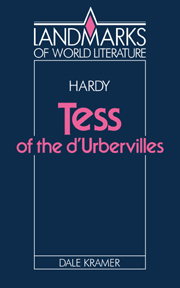Summary
According to Peter Brooks, plot amounts to the ‘design and intention of narrative, what shapes a story and gives it a certain direction or intent of meaning … the logic or perhaps the syntax of a certain kind of discourse, one that develops its propositions only through temporal sequence and progression' (Brooks, Reading for the Plot: Design and Intention in Narrative, xi). Plotting amounts to ‘that which moves us forward as readers of the narrative text, that which makes us … [seek] through the narrative text as it unfurls before us a precipitation of shape and meaning’ (ibid., 35), portraying and embodying the ‘internal energies and tensions, compulsions, resistances, and desires’ in order to ‘shape the creation of meaning within time’ (ibid., xiv).
Brooks's is basically a conservative theory. Like Aristotle in explaining the affective power of tragedy, Brooks believes that people read in good part because of the way the plot fulfils the central functions mentioned in the last sentence of the paragraph above. Brooks is speaking not about Hardy's narratives but about the nature of narrative; but much about Tess becomes clearer if we look at it in the light of this strong recent analysis of plotting.
Arnold Bennett thought that Hardy's novels were master-works of plot and symbolism. It is likely he had in mind their neat outlines, what other readers have called their architectural qualities; and one is not inclined to argue against such a concept.
- Type
- Chapter
- Information
- Hardy: Tess of the D'Urbervilles , pp. 56 - 70Publisher: Cambridge University PressPrint publication year: 1991



